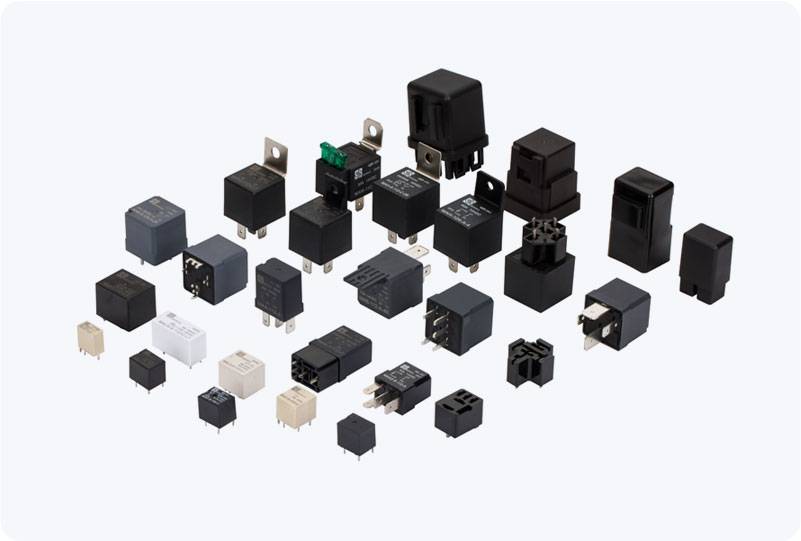Relays are essential components in modern vehicles, playing a critical role in controlling various electrical systems. These devices act as switches that allow a small electrical current to control a larger one, making them indispensable in systems such as the starter motor, headlights, and fuel pumps. However, like any mechanical or electrical component, relays can fail. Understanding the different failure modes of relays in cars can help vehicle owners identify problems early and prevent costly repairs.

1. Overheating One of the most common failure modes for relays in cars is overheating. Relays are designed to handle certain electrical loads, but when they are subjected to excessive current or prolonged use, they can overheat. This usually happens when there is a fault in the circuit that causes the relay to work harder than it was designed to. Overheating can cause the internal components of the relay to degrade, leading to failure. Signs of an overheating relay include a clicking sound coming from the relay, or the relay failing to operate intermittently. In some cases, you may notice a burnt smell or visible damage to the relay housing. Regular maintenance and ensuring that the relay is not being asked to carry more current than it is rated for can help prevent this failure mode.